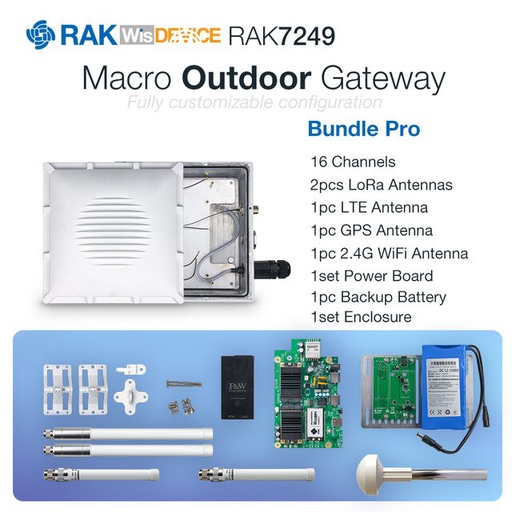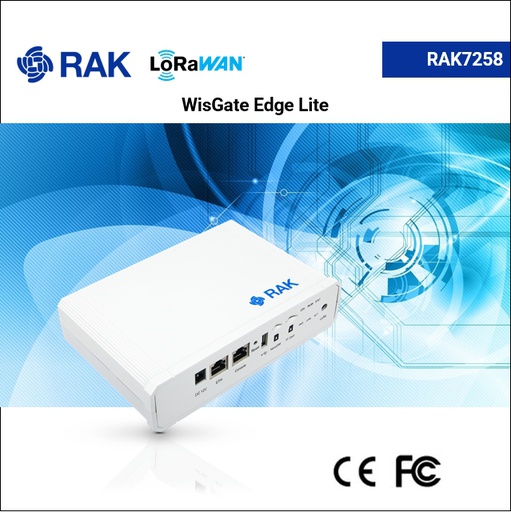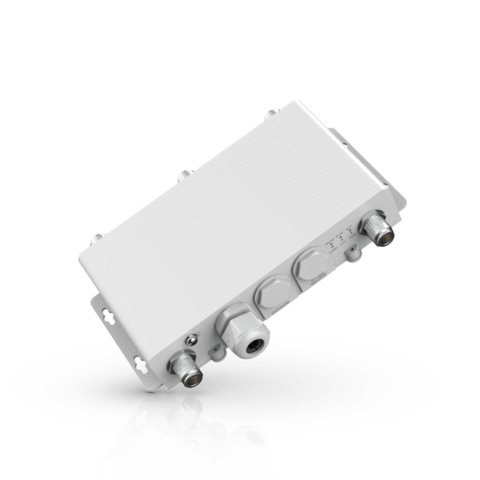For us to create a smart city in our respective regions, we need to consider citizens who will benefit from this technological development. Toddlers, children, and teenagers alike must be taken into consideration because they will inherit the technology in the future. Even more important are the adults, the 20s to 50s who try to stay alive in our livelihoods of choice, as we often closely interact with LoRaWAN® technologies such as traffic control devices en route to our offices, smart metering hardware in advanced communities, and asset management tools whenever we have a parcel delivery on our way.
However, we should also deem as important in our advancement even the ones who tend to stay at home and be intricately taken care of – the elderly. Believe it or not, most tech companies are prone to ignore the impact of their solutions to senior citizens. The notion may have come from the fact that they’re not as active participants of the society anymore. They are accepted as fragile and are left to enjoy the remaining years they have to come. As a result, little support is provided to them and above all, their health.
Today, changes are happening. As health concerns are put into cognizance with the rising cases of the COVID-19 pandemic, more and more researchers in the Internet of Things (IoT) are realizing that healthcare services are an increasing area of study and that the field of home care, in particular, needs help.
A European study then emerged this year that focused on determining the health of the elderly by monitoring their mobility and daily physical engagements. Using a proposed lightweight and wireless wearable system that sends data to a local LPWAN gateway for processing, medical staff can infer the patient’s health status by analyzing the provided data. Not to mention, the system can send emergency alerts in case the patient falls thus, speeding up the much-needed emergency services.
The researchers designed the system with an ATmega328P microcontroller unit, an inertial motion unit (IMU), LSM9DS1 from STMicroelectronics, a modem (an RN2483 from Microchip) with LoRaWAN functionality. All in all, the wearable device only weighs for about 15 g and has a size of 36 mm x 26 mm x 10 mm (see Figure 1). If you wish to replicate this research and cannot find the devices needed, you can look for similar alternatives, if not better, like that of a leading LPWAN gateway provider, RAKwireless.

Figure 1. Wearable device block diagram
In the testing, the system was able to generate an activity-level-related parameter that is periodically sent to the healthcare physician to determine whether the patient has a sufficiently active lifestyle. The device was also able to send an automatic help request ahead of a fall ending face downward (see Figure 2).
Figure 2. Acceleration component retrieved by the system: a normal walking, b ahead fall ending face downward
The delay of the LPWAN network was also measured. After one whole day of experiments with 1440 messages transmitted every minute, the average delay was 438 ms with a standard deviation of 592 ms. As a pioneering technology of its kind, the delay is not bad and the project is still promising.
All things considered, this breakthrough that connects IoT and home care are set to help ease the daily living of the almost discounted population of the elderly. Perhaps, apart from revolutionizing home care, the study can also transform the way tech companies develop their technologies. Again, if our goal is a smart city everywhere, our path should be inclusive for all – even for our senior citizens. Since they have little to no mobility and are not close to IoT solutions in our society, why not make IoT closer and be more accessible to them?
Luckily, there is hope as RAKwireless aims to make our access to IoT easy. From producing modular hardware solutions like WisBlock to developing user-friendly software platforms, the elderly can enjoy technologies in IoT being catered to their health and mobility needs. Finally, their twilight years will not be as difficult as before since capable people like IoT developers are prioritizing them.




